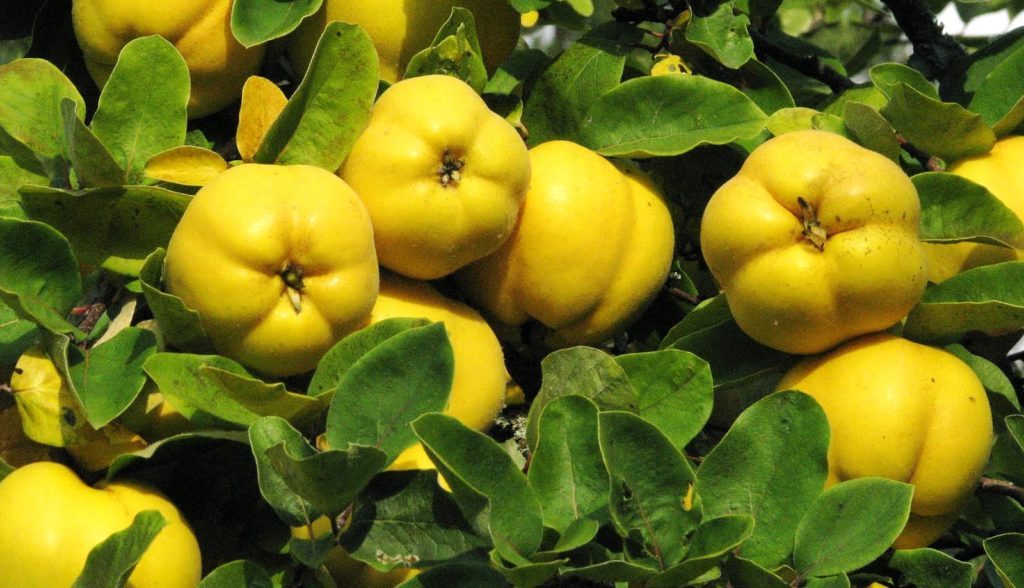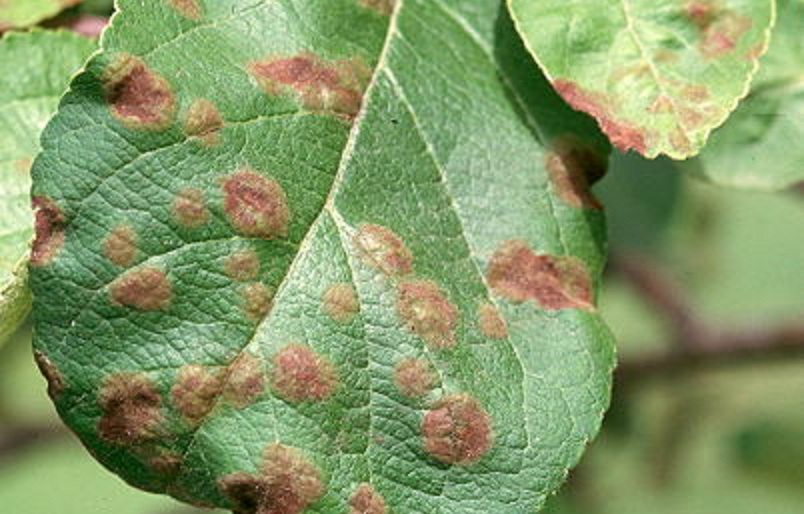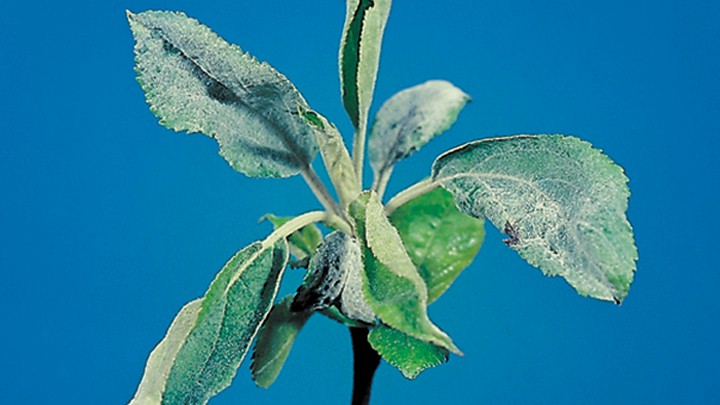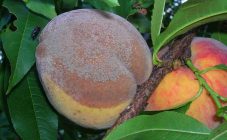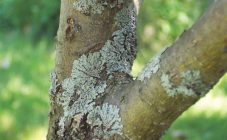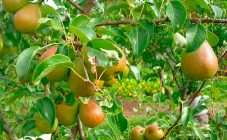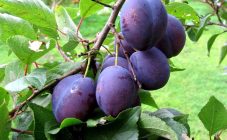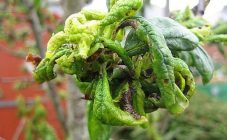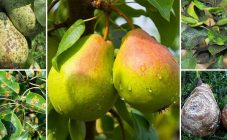Japanese quince is a popular plant among gardeners. She is loved for her unpretentious care and beautiful appearance. They are used mainly not for obtaining fruits, but for decorating the site. The culture can be exposed to various diseases, having figured out why the Japanese quince does not bloom and by taking measures, you can save the harvest, and sometimes the whole tree.
Description of culture
Common quince, or oblong, is a fruit tree belonging to the Rosaceae family. The well-known apple and pear trees belong to the same family. When it starts to bloom, it looks very impressive. Quince fruits contain many beneficial substances. They are a mock apple with five polyspermous nests. The shape of the fruit depends on the variety of quince - they can be in the form of a ball or pear, but always with a smooth surface, ripe and firm. Wild quince bears fruit up to 3 cm in size, but in garden forms the fruits reach 20 cm in diameter. Despite its firmness, the pulp has a strong aroma and a sweet, slightly astringent taste.
Quince is considered a heat-loving crop, but nevertheless grows in the Scandinavian countries. This means that it can be grown in the conditions of central Russia. In the southern regions, quince is a low tree with a spreading crown. The branches can even touch the ground. In the northern regions, the quince looks like a shrub.
Quince diseases and how to deal with them
Quince, like any garden crop, is susceptible to various diseases. One of the typical symptoms of quince disease is dry leaves. This symptom is inherent in a number of diseases. It also often happens that the tree does not bloom or blooms, but it does not bear fruit, or the leaves suddenly dry up on the quince.
The most unpleasant development of events will be the defeat of the quince with various forms of cancer. In this case, the crust bursts and falls off. The tree can no longer be saved, you have to destroy it. If everything is in order with the bark, you need to look for the cause and start treatment.
The most common diseases of quince of a fungal and viral nature, in which leaves can dry out:
- Brownishness (brown spot).
The causative agent is the fungus Entomosporium macula-tum Lev. f. maculata (Lev.) Atk. A large number of small, merging spots appear on the leaves. On their upper side, black pads are formed containing spores of the fungus. Diseased leaves should dry out and fall off.
Control measures include the collection and destruction of diseased plant parts, pruning branches that are just starting to dry... The cultivation technique of this plant must be observed. They also use spraying of quince in spring and after flowering with a Bordeaux mixture with a concentration of 1% or analogues - HOM, Abiga-Peak.
- Follicular spotting.
Caused by the fungus Phyllosticta cydoniae (Desm.) Sacc. and the fungus Phyllosticta velata Bub. In the first case, the quince leaf is covered with brown spots that have a round or irregular shape. Then fruiting bodies of the fungus appear on them in the form of black blotches. In the second variant, there is a reddish edging on the rounded brown spots. Fruit bodies are also black.
As time passes the affected leaf tissue dries up and crumbles, forming holes. The leaves turn yellow and fall off. The treatment is the same as for brown spot: Bordeaux liquid or its analogues.
- Tomato ring spot virus.
This disease is often found on quince. It manifests itself as chlorosis, wrinkled leaves, ring spot, jaundice, necrotic spot. The main symptom of this ailment is alternating light and dark green areas. The virus infects many plant species and is spread by nematodes and plant sap. Infection through seeds is sometimes possible.
Methods to combat the virus include the timely removal of the affected plant parts. They must be burned. After working on infected plants, garden tools must be disinfected in alcohol, cologne, or in potassium permanganate.
Spraying off sucking insects such as thrips will also help. You can use drugs: Aktara, Kemifos, Inta-Vir, Fitoferm.
- Chlorosis.
The development of the disease is indicated by the leaves brightening in the first half of summer. The color fades away until the leaf turns yellowish-white. Due to the damage to the foliage by chlorosis, the entire plant is deficient in nutrients, weakens and dries, the leaves begin to wither. Ultimately, this affects yield indicators.
Control measures are to eliminate the cause of the disease. They can be as follows: lack or excess of moisture, a decrease in the amount of nutrients in the soil, too much or too little fertilizer. From this it becomes clear that when caring for a fruit crop, it is important to observe the measure in all agrotechnical measures.
In addition to diseases affecting the leaves, there are a number of others:
- Moniliosis.
Fungal disease that occurs due to high humidity. The fruits of the plant suffer. What should be done if the quince sheds its fruits - copper sulfate, Bordeaux mixture or modern drugs Teldor and Rovral will help.
- Boring of leaves.
What is recommended if the quince is blooming but not bearing fruit? Most likely, we are talking about a disease called leaf boring. The plant looks healthy, it may even bloom, but then the flowers fall off. Also, the disease can be manifested by the fact that the ends of young branches dry out in quince, the leaves dry. In some cases, fruits appear but then fall off.
For treatment, you need to get rid of infected shoots, and then treat the quince with Oxychoma or the like.
- Powdery mildew.
A fairly common disease, one of the reasons why the leaves of the Japanese quince turn yellow. It manifests itself as a reddish bloom at the ends of the branches, which is transformed into a film with a sufficiently high density with the fruiting bodies of the pathogen fungus in this place. With this disease, the shoots dry and do not grow, the leaves turn yellow, the plant dries up slowly.
Fungicides that are used to treat the disease will help to cope with the disease.
Quince pests
Quince is also attacked by various harmful insects. Their danger is that, multiplying rapidly, they are able to destroy the plant.
The most common are:
- Leaf-dominant moth.
This is the general name for a species of moth that kills leaves. They become very light and then crumble. The plant weakens, yield decreases and resistance to harsh climatic conditions.
Get rid of the pest using Fundazol... It is also recommended to keep the trunk circle clean.
- Fruit mite.
This includes brown and red ticks, which can significantly spoil the plants in the garden. They suck juices from young shoots and buds, preventing them from developing. A culture affected by a tick secretes sticky drops of juice, and on this basis the presence of a tick is judged. You can fight it by using various modern means against pests.
With proper care and compliance with the required rules of agricultural technology, quince will rarely be exposed to diseases and attacks of pests. Do not forget about other plants in the garden, they can be carriers.
